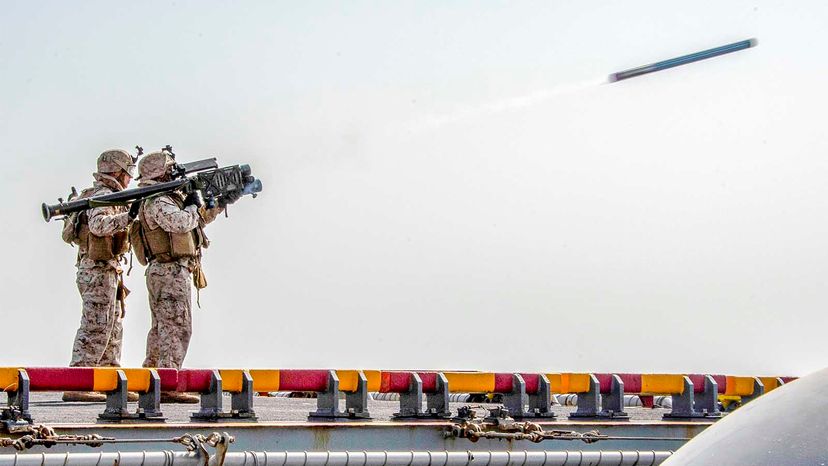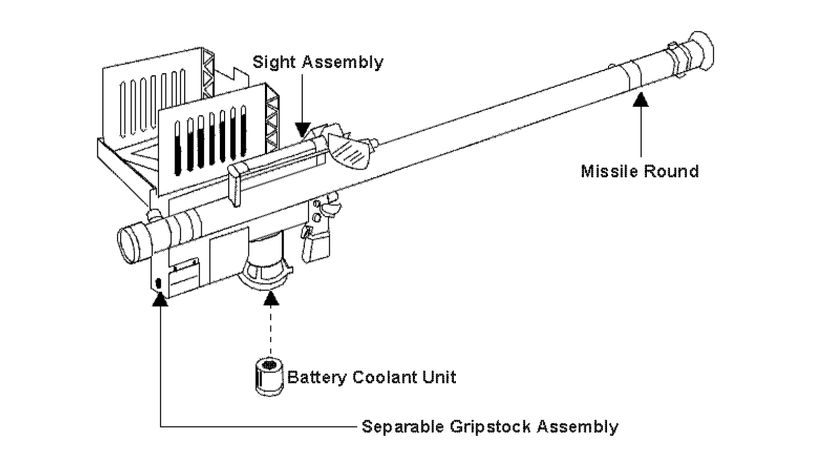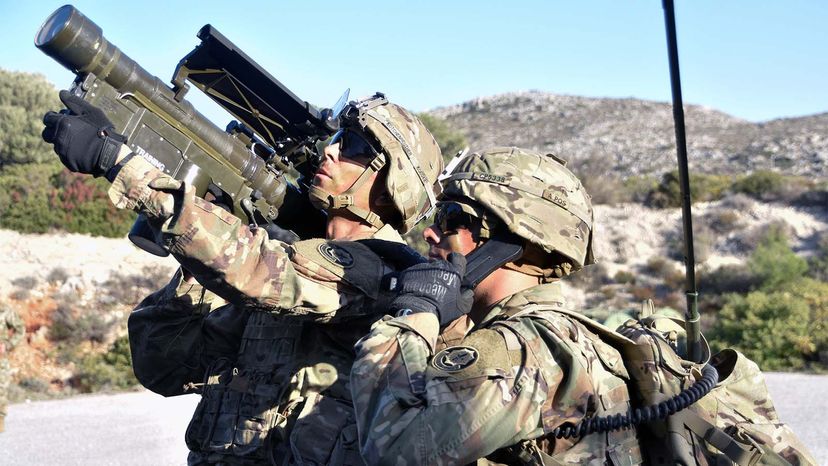
When Russia invaded Ukraine in late February 2022, outnumbered Ukrainian defenders on the ground were vulnerable to attack from Russian helicopters, which also had the ability to transport Russian troops rapidly around the beleaguered smaller country. That's why the U.S. and its NATO ally Germany decided to give the Ukrainians a potent weapon that might help even the odds — the Stinger antiaircraft missile [sources: Rfel.org, Gould and Altman].
As retired Army Lt. Gen. Jim Dubik told the publication Army Times, the Stinger is a weapon with the potential to be "a game changer," giving soldiers on the ground the ability to contest the airspace, and hinder the enemy's ability to conduct operations [source: Gould and Altman]. The weapon's effectiveness was demonstrated back in the mid-1980s, when Afghan resistance forces used Stinger missiles given to them by the CIA to shoot down Soviet helicopters. Some experts credit Stingers with having altered the course of that conflict, and being a significant factor in the Soviets' eventual defeat [source: Woody].
Advertisement
One reason the Stinger is so effective is that it's highly portable, and can be launched by a soldier — or trained civilian — who holds it on their shoulder. Stingers also are used on the U.S. Army's AH-64 Apache combat helicopter as an air-to-air weapon [source: Raytheon Missiles & Defense]. And they can be mounted on ground vehicles as well [source: Judson].
In addition to being versatile, the Stinger missile is also highly accurate, because it uses an infrared seeker to lock on to the heat in the engine's exhaust, and will hit nearly anything flying below 11,000 feet (3,352 meters).
The Stinger was developed in the early 1970s [source: Trimble]. But it's still fearsome. Over the years, Stingers have been battle-tested in several conflicts, and today they're in the arsenals of 19 nations, and are used by four U.S. military branches [source: Raytheon Missiles & Defense].
In this article, you will have a chance to learn about the Stinger missile, and how it is utilized on the battlefield.
Advertisement


